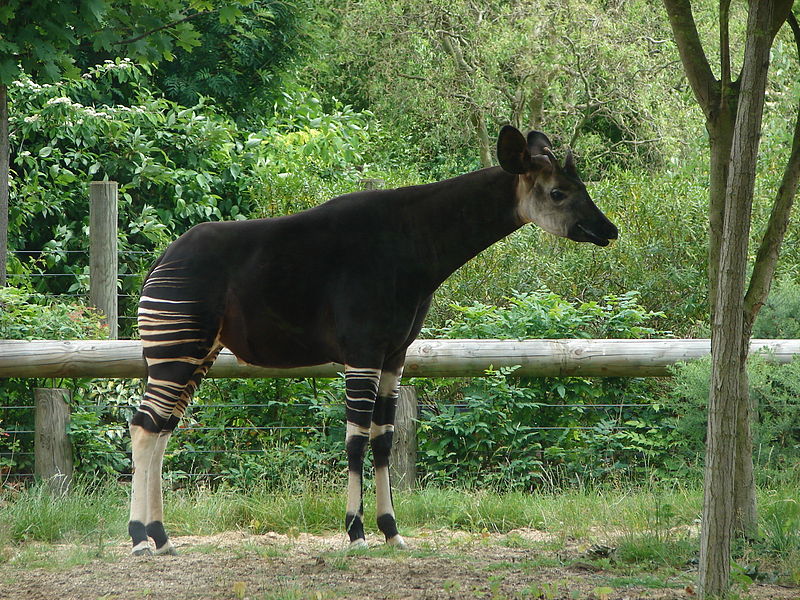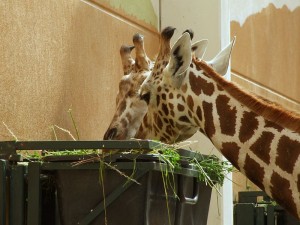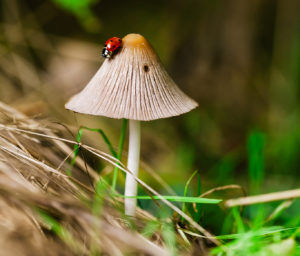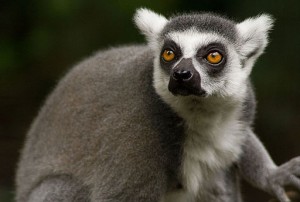Conservation in Zoos is “Too Random”
Zoos are the substance of continuous and contentious debate but would you conclude they are ‘too random’? Recent research thinks so…
 Image: By Nevit Dilmen (Own work) [GFDL (http://www.gnu.org/copyleft/fdl.html) or CC-BY-SA-3.0 (http://creativecommons.org/licenses/by-sa/3.0/)], via Wikimedia Commons
Image: By Nevit Dilmen (Own work) [GFDL (http://www.gnu.org/copyleft/fdl.html) or CC-BY-SA-3.0 (http://creativecommons.org/licenses/by-sa/3.0/)], via Wikimedia Commons Zoos are a conservation controversy. Many believe that they serve an essential function for breeding endangered animals and educating the public about their plight. Others however, see them as cruel institutions, keeping animals in captivity for our own amusement.
One study, published recently in PLoS ONE, concluded that the conservation efforts of zoos are too random and, by investigating which species are housed in individual zoos, found no discernible pattern or strategy. Scientists from the University of Southern Denmark believe that zoo resources are not always optimally spent and could be far more effective.
They discovered that the prevalence of threatened species in zoos does not always reflect the number of threatened species in the wild. One example of this is birds – zoo collections are heavily focused on birds, but only a few of these species are actually threatened. Threatened amphibians, insect-eating mammals and rodents are also under-represented in zoos. In fact, only 92 of the 201 endangered mammals are found in zoos, and not one of the 84 endangered species of insectivorous mammals is represented in zoo collections. Overall, 57 out of the 59 animal orders that are found in zoos have a lower proportion of threatened species in zoos than in the wild.
In contrast to this, some species are over-represented, such as turtles (that many zoos accept because they have been confiscated after smugglers tried to trade them illegally). Another group of species that the scientists found to be over-represented are carnivorous mammals from the order Dasyuromorphia, including quolls, dunnarts, numbats and the Tasmanian devil. They are found in zoos in high numbers because Australian zoos are trying to use the species for captive breeding programmes and to educate people about the local threats they face.
This discrepancy is only one challenge zoos face. Many zoos house only a small population of an endangered species, and are struggling to increase numbers. They must be able to share experience and individual animals with each other to create a healthy, growing population but this, the authors state, is “difficult if not impossible.” The reason is the huge distance between zoos, and the fact that it is so hard to get permits to exchange animals. International legislation is in place to protect threatened species from trafficking but this has become a “seriously huge barrier” to transporting animals across national boundaries for captive breeding programmes.
A solution put forward by the scientists is for zoos to work together in regional clusters, and coordinate their work on a few, or just one, high-risk species. With shorter distances between them, zoos could have a larger population of a species in that regional cluster, making it less vulnerable than smaller populations in isolated zoos. However, the authors stress that captive breeding is a conservation tool, not a conservation goal. The emphasis should always remain on protecting the natural habitats that endangered species need to survive in the wild, where they belong.




No comments yet.